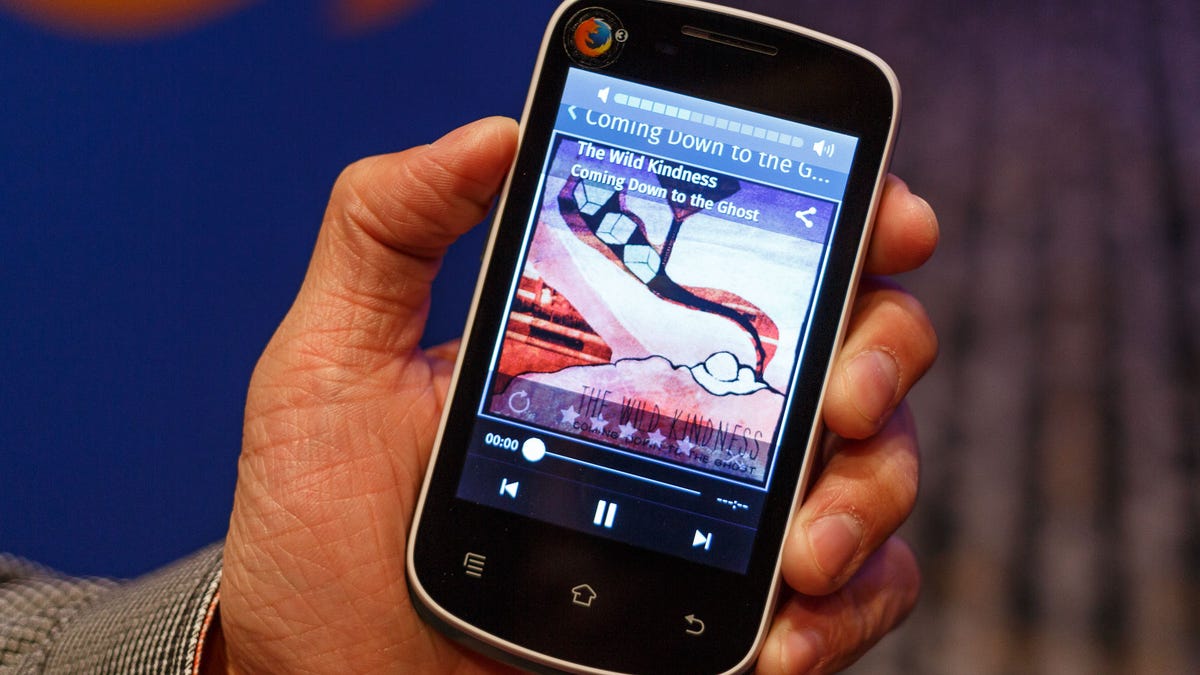At MWC 2014, phone makers go after the next billion, biometrics
As Mobile World Congress winds down, we take a look at some of the bigger themes of the show.

BARCELONA, Spain -- Mobile World Congress will always have its fair share of high-end, gee-whiz devices and crazy concepts, but apart from the high-end Samsung Galaxy S5, MWC 2014 belongs to the humble low-cost phone.
Emerging markets have been a huge theme in mobile lately, but this year handset-makers really dug in, using press conferences to vocalize their goals at nabbing the next billion users and presenting low-cost phones meant for first-time smartphone owners.
Take the Nokia X family of phones, for instance. Based on Android, but with a look and feel that merges Asha and Windows Phone, this low-memory, entry-level phone family will sell for 89, 99, and 109 Euros. Still committed to Windows Phone (and in the process of being purchased by Microsoft), Nokia's phone branch produced five phones for this market, not a single Lumia device among them.
MWC also saw Firefox OS grow its little brood of phones, with a heap of Alcatel and ZTE phones, and a new partner, Huawei. A $25 Firefox reference design also made waves. Then there's LG's latest L Series, specifically meant for global regions, like Latin American and the Middle East. Yezz, another phone brand located in Latin America, also peddled its wares.
There were still plenty of handsets in the middle and higher ends of the spectrum. Beyond the Galaxy S5, we saw LG's 5.9-inch G Pro 2, the slim and sleek Xperia Z2, and HTC's Desire 816, which packs a quad-core processor and 13-megapixel camera.
Security and biometrics
Samsung may have led the way in implementing biometrics into its top-notch Galaxy S5 -- which has both a fingerprint scanner and a heart-rate scanner (a first for mobile) -- but it was Geeksphone, a lesser-known Spanish company, that impressed us with its ultrasecure Blackphone and its customized Privacy OS.
We also saw a biometric eye-scanner that maps your blood vessels, software that signs you into any Web site after scanning your face, and an Android phone that uses 3D infrared to let you in or lock you out.
With the advance of sensors and rising importance of mobile security, the field of biometrics for mobile devices is continuing to grow and mature.
What all this means for you
High-end smartphones aren't going anywhere, this much is clear. Yet, the frenzy over megapixels and gigabytes seems to have slowed down, inching its emphasis to sensors, biometrics, and wearable watches and bands.
Things are looking up for emerging markets and people on extreme budgets as handset-makers dig into competition on the low end, putting more attention and effort into a balance between value and lower-cost hardware for the masses.
Catch all the mobile news from Mobile World Congress 2014.

